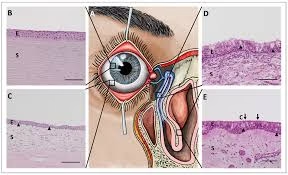
In histopathology, certain tissues require specialized treatment due to their unique composition or sensitivity to degradation. These tissues include the eyeball, bone marrow biopsies, and calcified bones. Each tissue poses Read More …
Simplifying Allied Health Learning.

In histopathology, certain tissues require specialized treatment due to their unique composition or sensitivity to degradation. These tissues include the eyeball, bone marrow biopsies, and calcified bones. Each tissue poses Read More …
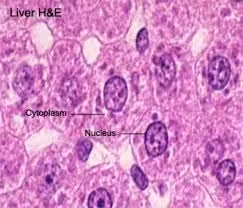
Cell cytoplasmic constituents include various organelles and biomolecules that play essential roles in cellular function. Each constituent can be visualized using specialized staining techniques, which aid in identifying cell structure, Read More …
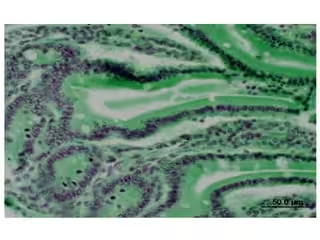
Nucleic acid staining techniques are widely used in histology and microbiology to identify and visualize DNA and RNA within cells. These stains help differentiate cell types, study cell structures, and Read More …
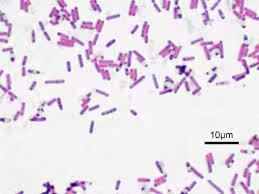
Identifying microorganisms within tissue samples is crucial in diagnosing infectious diseases and determining their causative agents. Microorganisms, such as bacteria, fungi, viruses, and parasites, are often visualized in tissue histological Read More …
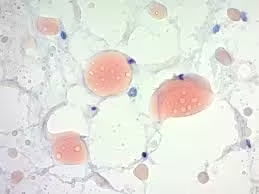
Lipid identification and demonstration are important for understanding the role of lipids in cellular structures and pathology. Here’s an overview of techniques used to identify lipids in histological studies: Sudan Read More …